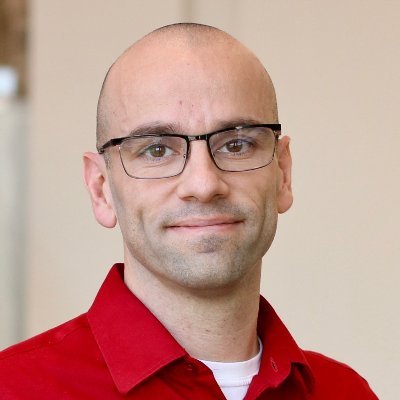In this bi-weekly blog series, I explore recent research on homelessness, and what it means for the provision of services to prevent or end homelessness. Follow the whole series!
There is no denying that Canada is a thought leader in ending homelessness for youth. The Homeless Hub recently released no less than 6 foundational reports on preventing youth homelessness. A Way Home Canada provides a toolkit for community planning to end youth homelessness. And many of these resources are now being utilized as foundations for solving adult homelessness as well. However, there is also much to be learned from research around the world on youth homelessness.
One particular challenge of past research, implementation, and evaluation of programs to solve youth homelessness is the tendency to exclude the voices and perspectives of youth throughout the process. It is excused as too complicated, too time consuming, or too expensive to centre voices of youth with lived expertise in the work. The risk in this is simply perpetuating ineffective systems and further disempowering youth (to learn more about avoiding systems of disempowerment, check out this post).
In being selected as a Youth Homelessness Demonstration Program site, leaders in Austin, Texas chose to create spaces for youth to lead decision-making or work as partners through the Austin Youth Collective to End Youth Homelessness (AYC). Elizabeth Schoenfeld, Kate Bennett, Katy Manganella, and Gage Kemp reflect on the processes and value of this in their recent article in Child Care in Practice.
The AYC was developed through Life-Works, a housing services provider for youth in Austin. Outreach was conducted through local organizations to identify interested youth, leading to a table of 12 individuals with lived or living experience who meet monthly. This table met from the very outset of the community planning their Demonstration Program providing advice on potential programs and services well before their inception.
Several key themes are listening to youth with lived expertise are provided:
-
Allow the youth themselves to form both purpose and structure of any youth advisory bodies;
-
Provide development and skills-building opportunities as a part of the process not to “teach youth adult ways”, but to reduce power inequities between youth with lived expertise and adults working in housing and homelessness systems;
-
Have a paid facilitator who can connect meaningfully with youth;
-
Compensate youth for their participation;
-
Provide stability, in everything from meeting times to the adults with which the youth committee is connecting; and
-
Be flexible as the committee continuously evolves its purposes and activities.
By following these directives, ideally tokenistic approaches can be avoided and meaningful leadership from those who know the experience the best can be engaged.

